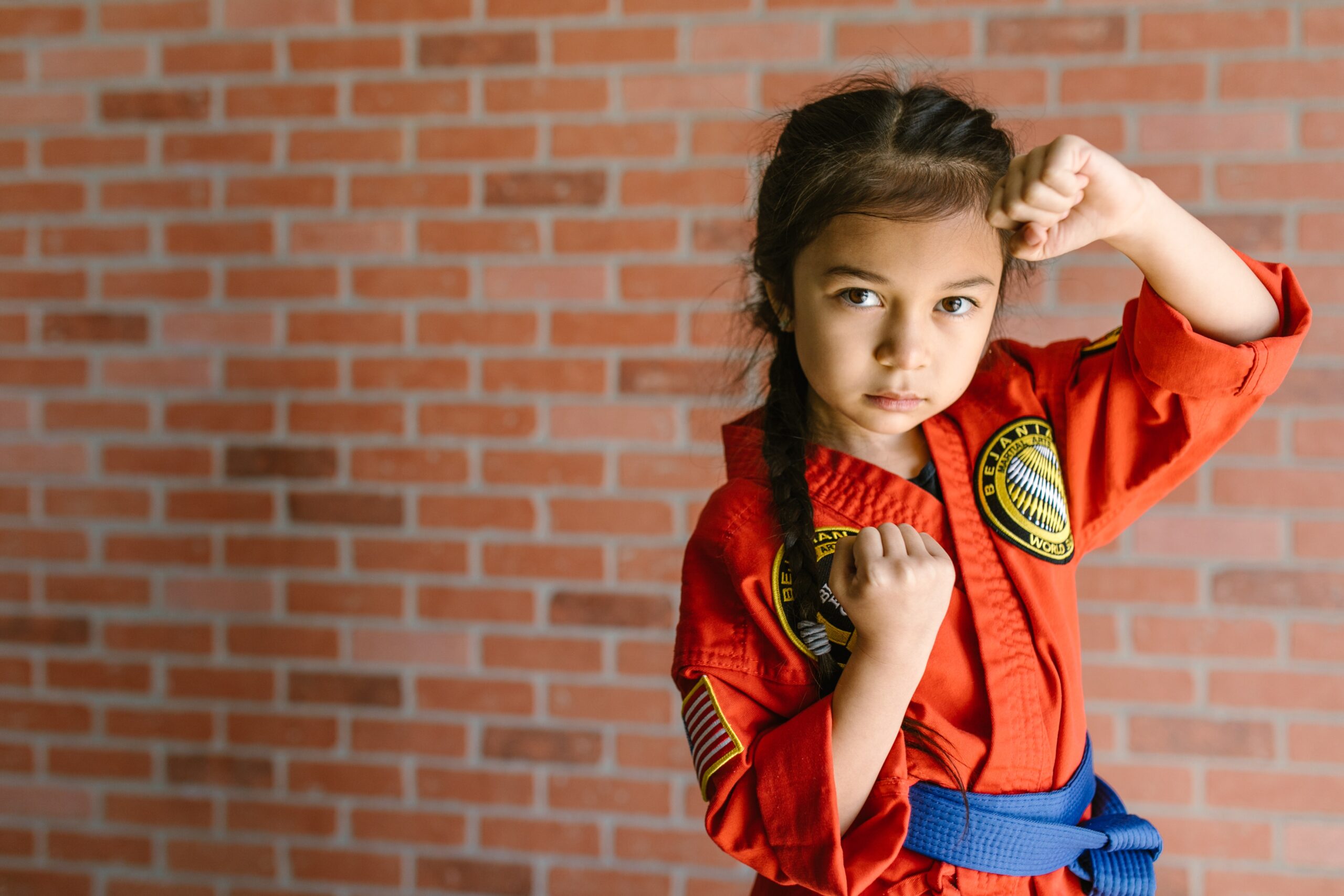There’s an old saying about generalists: “Jack of all trades, master of none.” It’s often used to criticize martial artists who explore a wide range of styles—including non-Asian systems—to broaden their understanding. Specialists, on the other hand, argue that mastery requires a narrow focus. “It takes a lifetime to understand one kata,” they say, dismissing the value of cross-training.
A generalist is someone with a broad range of skills who may not reach elite-level proficiency in any one area. In a self-defense situation, however, a generalist can adapt and respond to a wide variety of scenarios. They may not be the absolute best at any one tactic, but they are rarely without options. A specialist, in contrast, is highly skilled in a specific area but may lack the flexibility to handle unfamiliar challenges effectively. While a specialist can dominate within their domain, they risk being outmatched when the fight moves outside their comfort zone.
Kempo Karate is a generalist art. Kempo practitioners train in a variety of ranges and contexts—stand-up striking, grappling, weapon defense, and multiple-opponent scenarios. While Kempo may not excel in any single aspect, it applies universal principles of motion and timing to each situation. The Kempo artist doesn’t try to force a specific technique into a situation. Instead, they let the situation guide the technique. It’s a subtle yet powerful distinction.
In contrast, martial arts like Tae Kwon Do (TKD) and Brazilian Jiu-Jitsu (BJJ) excel through specialization. TKD fighters rely heavily on kicking, using distance and legwork to dominate the exchange. Their strategy is to keep the fight within a range where their kicks are effective. BJJ practitioners bring the fight to the ground, where their submissions and positional control allow them to take command. Both systems are highly effective because their practitioners train to dictate the terms of engagement.
So, which approach is better? That depends on your goals.
Martial arts is a lifelong journey. With decades of consistent training, both generalists and specialists often arrive at the same destination—mastery. The experienced generalist becomes “master of all” through breadth and adaptability. The seasoned specialist becomes “master of all” by finding ways to channel every encounter into their area of expertise.
In the workplace, I prefer the specialist-teamwork model: each person masters their role, and the team achieves excellence through collaboration. In martial arts, however, I enjoy the freedom and adaptability that generalist training offers. I like feeling comfortable whether I’m standing, grappling, defending against weapons, or facing multiple attackers.
Ultimately, your preferred approach should reflect your needs, goals, and temperament. Like a skilled general surveying the battlefield, the wise martial artist selects the strategy that suits the terrain.
So, which are you—a generalist or a specialist? And more importantly, which path aligns best with your personal journey?
Share your thoughts in the comments below.




Deano, thank you for the comment (and the Twitter follow too). I let my understanding of many subjects influence each other so I can see patterns and from patterns deduce new ideas (or improving old ideas). The idea for this article actually came from corporate life where departments are forced to choose a strategy in which to operate. Some managers like generalist and others like specialist. The concept also crept up in other aspects of my life. I’m glad it gave you a new perspective – sometimes that’s valuable.